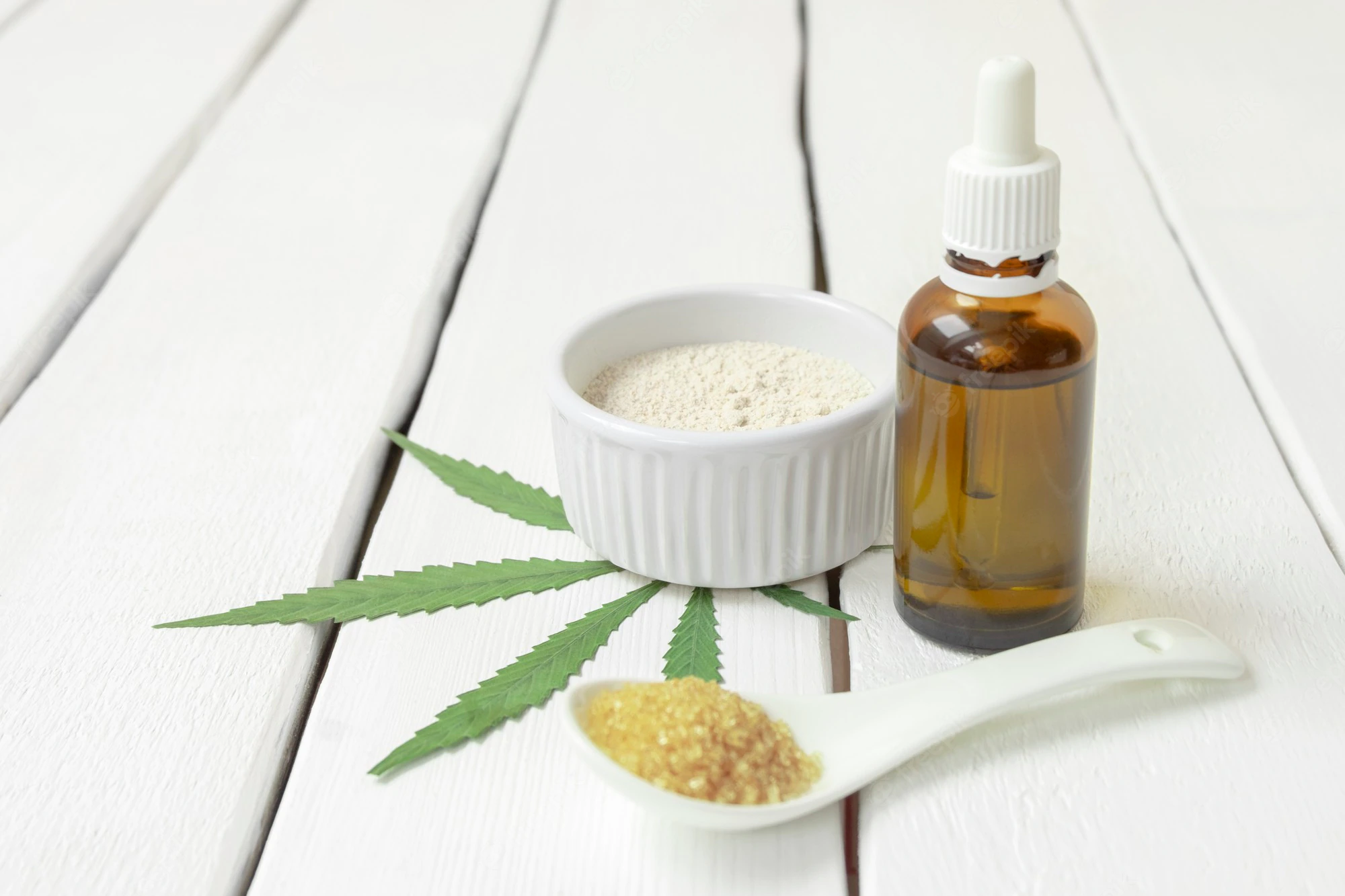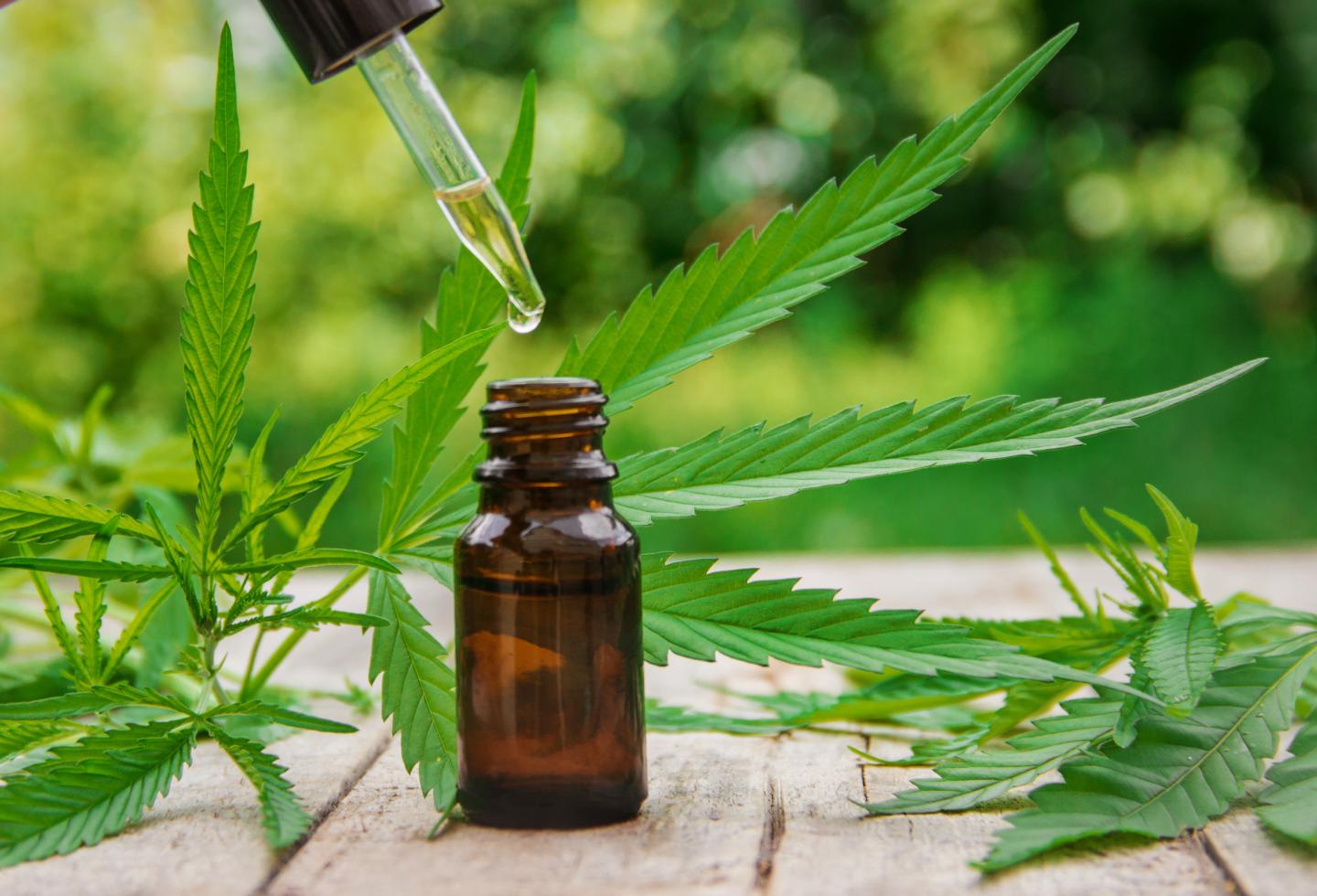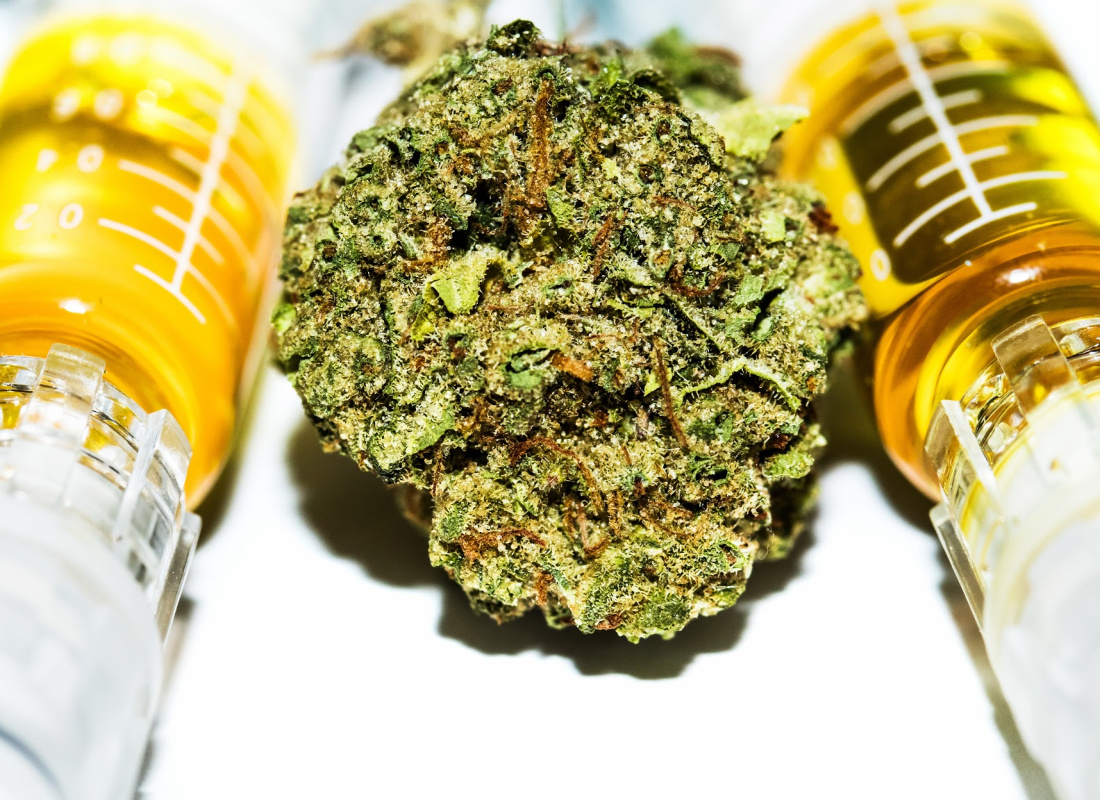Oil Weed Edibles can be used in a variety of ways and is simple to prepare. Oils including canola, vegetable, olive, peanut, and sesame oil can all be infused with weed using just a cheesecloth, a saucepan, or a slow cooker.
The effects of consuming food prepared with Oil Weed Edibles are the same as those of taking edibles or anything produced with cannabutter; they will be felt more gradually than with inhalation methods, but will typically last longer and also be stronger.
Always remember the golden rule when consuming cannabis-infused foods: Wait 45 to 60 minutes after eating before experiencing any affects; eat more if you want a more pronounced reaction.
The Good Things About Cannabis-Infused Cooking Oil
The beautiful thing about utilising Oil Weed Edibles is that it can be utilised in any cooking or dietary context you can imagine, from sautéing vegetables to frying breakfast eggs to incorporating into a salad dressing.
Always bear in mind that the potency of handmade edibles is hard to predict. Cannabis cooking oil, on the other hand, is more convenient to use in baking than other marijuana infusions, such as cannabutter for a batch of brownies. You can use it liberally in salad dressings or sprinkle it on anything before cooking.
Oil Weed Edibles Options For Cooking
Cannabis can be infused into a wide variety of oils, including:
- Canola
- Vegetable
- Coconut
- Olive
- Avocado
- Sesame
- Peanut
It’s important to think about the dishes you plan to cook and the methods you’ll employ when selecting a base cooking oil. Use an oil with no discernible flavour, such as canola or vegetable oil, or one with a distinct one, such as sesame or peanut oil.
Ultimately, it comes down to personal taste and what you plan to prepare in the kitchen. Also, different oils have varied consistencies at room temp, so you’ll want to think about how you’ll be storing the oil. Coconut oil is a versatile oil that gives flavor to vegetables and can be used in both stir fry and pie crust.
It stays solid at room temperature and won’t melt when baked into a pie. If you’re looking for an oil with a subtle flavour, vegetable and canola oils are excellent choices. They are adaptable and can be used in a wide variety of oil-based dishes. Infusing cannabis into olive or avocado oil makes for a heartier dish. Both are pantry-stable and hold up nicely to the cannabis flavour.
Cannabidiol Oil Preparation Instructions
- Materials
- Cookie sheet
- Writing material known as parchment
- Oven
- Cookware such as a slow cooker, sauce pan, stock pot, or double boiler
- Cheesecloth or a fine mesh strainer
- To-Go Cup for Cannabis Oil
- Grinder for marijuana (optional)
- Ingredients
- 1 cup of your favourite cooking oil
- 1 cup (7–10 grammes) of decarboxylated, pulverised cannabis
We advise using a one-to-one ratio of cannabis to oil for creating cannabis cooking oil. Reduce your cannabis intake for a more subtle high.
Directions
Oil Weed Edibles, The cannabis should be decarboxylated. Decarboxylating your cannabis before putting it in oil is a good idea. The plant’s THCA is converted into the psychoactive component THC through a process called decarboxylation. Buds should be baked on parchment paper in an oven preheated to 245 degrees Fahrenheit. In a pan, heat the water for 30 to 40 minutes.
Oil Weed Edibles, Break the cannabis or grind it into a powder. Though using a grinder to do so will save time and effort, you may get the same results by just breaking the weed apart with your hands. Do not crush the weed into a fine powder because anything that passes through the mesh strainer or cheesecloth may end up in your final product.
Prepare cannabis oil and remove the plant’s carbs. Put the oil and the decarboxylated cannabis in a slow cooker, double boiler, or saucepan and cook on low for two to three hours. Keep the oil at a consistent temperature of 160°F to 200°F.
Make sure to strain the oil before putting it away. Oil/cannabis mixture should be strained through a mesh strainer or cheesecloth before being stored. Do not press it out, as doing so may increase the amount of chlorophyll in your oil, giving it a stronger, greener flavour. Throw away the weeds. The oil will keep for at least 2 months at room temperature and even longer if refrigerated.

Hints On How To Minimise Cannabis Oil’s Pungent Odour
Oil Weed Edibles, Since infusing coconut oil takes time, your kitchen may start to smell like cannabis. To reduce odour while infusing oil, turn on a vent or fan, or crack a window. Use only the fan or vent if you don’t want to offend your neighbours with the odour.
Cannabidiol Oil: How To Use It In The Kitchen
If you’re cooking with cannabis-infused oil for the first time, it’s a good idea to start with a small amount and work your way up to a full serving. A good idea of how much to use in cooking will emerge from this. It’s important to remember that using too high of a temperature when cooking with the infused oil can destroy the THC, leaving you with just regular cooking oil.
Cannabidiol Oil
Oil Weed Edibles, The first step is decarboxylation, sometimes known as “activating the THC.” (Tetrahydrocannabinol, or THC, is the psychoactive chemical constituent of cannabis; it is responsible for inducing inebriation and is the primary identifier of marijuana as opposed to hemp.) In order to achieve decarboxylation, the cannabis is often cooked at a low temperature for a long time in either butter or oil.
Like any other cuisine, though, cannabis loses its THC-inducing properties if it is overcooked. While I find that weed butter works best in the oven, I can assure vegetarians and health-conscious individuals that the results will be nearly identical if they substitute olive, vegetable, canola, or coconut oil (which is cannabis-infused oil).
When selecting an oil or butter, keep take mind that the fattier it is, the more THC it can absorb. Lastly, use cheesecloth to remove the weed from the oil or butter. As a result, you’ll have a very functional and versatile weed-infused component that can be utilised in almost any cooking application, however you should be careful not to burn the THC during any operations.
Hashish Oil
Let’s talk about Oil Weed Edibles, which is the relative of cannabis-infused oils but has a different meaning. Cannabis oil is produced using a chemical extraction process, just as olive, vegetable, or coconut oil. The cannabis industry employs a wide range of oil extraction techniques, yielding a wide range of products that are comparable but distinct from one another.
The cannabinoids in cannabis are often extracted with the help of a solvent like butane or CO2 or with the aid of high temperatures and pressures. Time and costly laboratory equipment are often required for these procedures. Some methods of THC extraction from weed are extremely risky if attempted without the necessary training and equipment.
A clean, non-toxic end result is only possible by removing the surplus yield, or product that isn’t cannabis oil, unless a solvent-free extraction method is used. Most of the procedures involved in this process are best left to experts, as they are outside the scope of knowledge of those of us who are not chemists.
The Medical Benefits Of Cbd Oil
CBD oil, which should not be confused with cannabis oil, is another possible source of confusion. CBD-only products, which have seen a meteoric rise in popularity, contain no THC and hence none of the euphoric effects of THC/marijuana, but are highly lauded for the therapeutic advantages of CBD (or cannabidiol), including the treatment of chronic pain and the alleviation of stress and anxiety.
Hemp oil, on the other hand, is used for everything from soap to vitamins despite not having any psychoactive properties all. We’ll return to cannabutter and cannabis oil now that we’ve said all we need to regarding CBD oil and hemp oil for the purposes of this essay.

Oil Extracted From Marijuana Can Be Easily Obtained.
The availability of both cannabis butter & cannabis oil is a key distinction between the two. Cannabis oil is widely available at most dispensaries in states where medical or recreational marijuana use is permitted. Cannabis oil comes in a wide variety of forms, including shatter, wax, crumble, cake batter, sauce, diamonds, and more, all sold in discrete one-gram containers.
The availability of dispensaries in states where marijuana use is legal may not be reflected in the accessibility of marijuana butter. Some stores solely sell smokable cannabis oil and conventional bud, while others sell a mass-produced industrial edible marijuana oil or butter product.
Oil Weed Edibles, Overall, there isn’t that much of a difference between the two, but they’re also not the same. Although cannabis oil is often utilised in the production of marijuana butter, this is not always the case. Although anyone with basic kitchen skills can make marijuana-infused oil or butter, only trained chemists should attempt to make cannabis oil.

